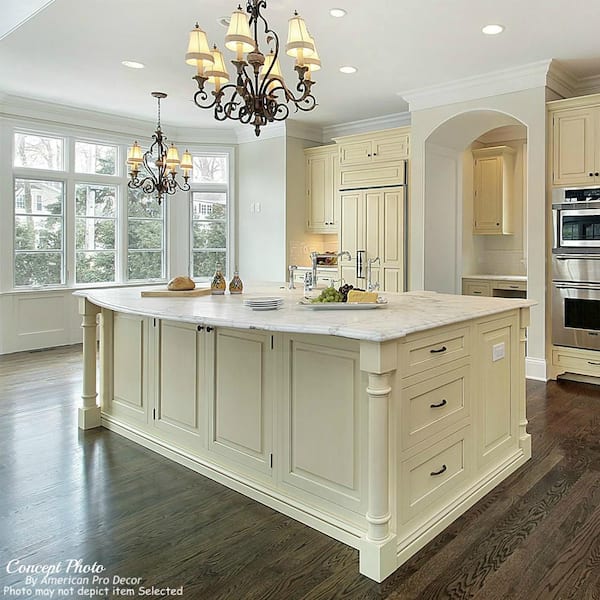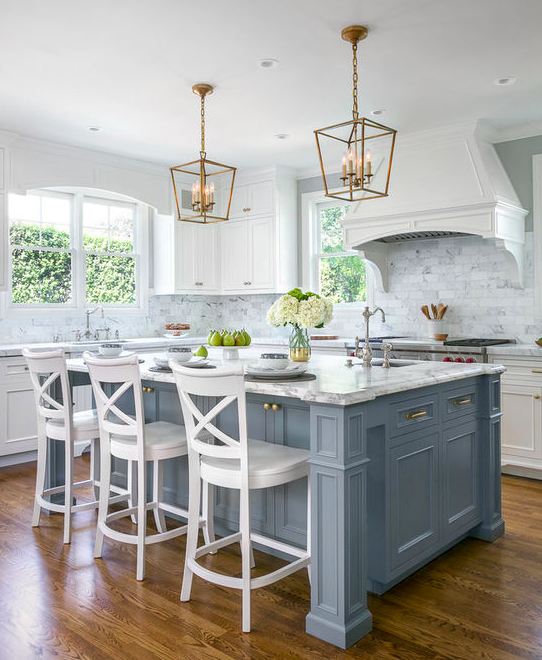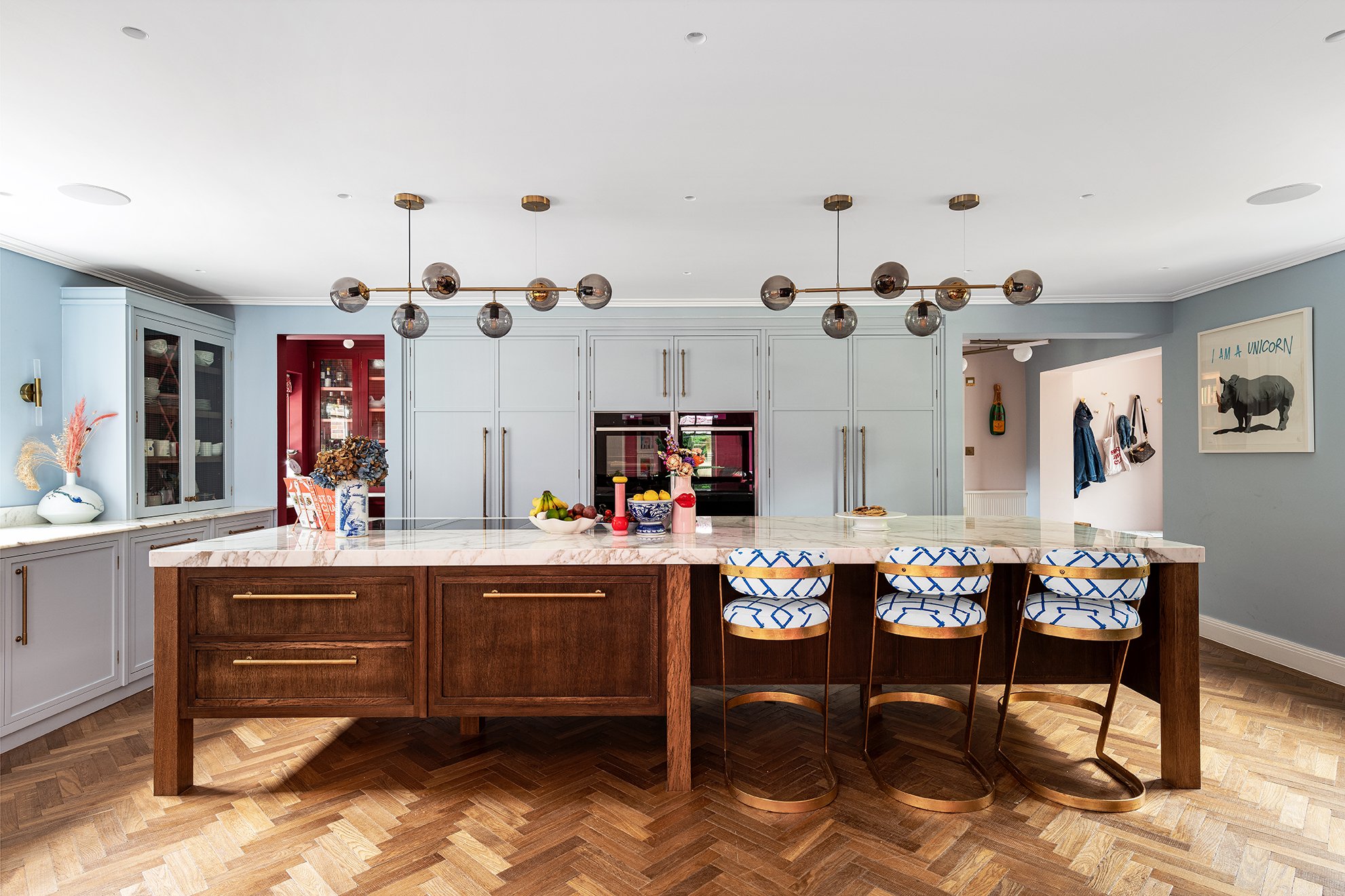High-Quality Kitchen Island Legs for a Sturdy Space Station
High-Quality Kitchen Island Legs for a Sturdy Space Station
Blog Article
Necessary Tips for Choosing the Perfect Table for Your Kitchen Area
Picking the best dining table for your kitchen area is greater than simply a matter of taste; it demands a thorough understanding of your space and needs. Begin by gauging your offered room to make sure enough clearance for movement. The form of the table plays a crucial duty; while rectangle-shaped tables suit larger locations, rounded ones foster intimacy, and extendable options use flexibility. Product option is similarly critical, with woods offering toughness and glass financing a contemporary touch. Ultimately, the table ought to balance with your cooking area's aesthetics and accommodate your family members pleasantly. What other aspects might affect this vital choice?
Procedure Your Room
Choosing the ideal dining table begins with a precise analysis of your readily available room. This fundamental action makes sure that the table not only fits pleasantly within the space yet also enhances the overall design and capability of your dining area.
It is important to leave appropriate room for chairs to be pulled out and for individuals to move around the table without blockage. A basic regulation of thumb is to permit at the very least 36 inches of clearance from the edge of the table to the local wall surface or item of furniture.
Furthermore, think regarding the number of people you usually amuse and whether you need added room for visitors. Going with an extendable table can provide versatility, permitting you to accommodate varying varieties of restaurants. By accurately determining your room, you prepared for choosing a table that enhances both the appearances and capability of your eating location.
Select the Right Forming

On the various other hand, round tables are excellent for smaller sized kitchen areas or intimate celebrations, as they advertise discussion by allowing every person to encounter each other. They also provide a feeling of comfort and can fit well in tighter spaces because of their lack of sharp corners. Oval tables provide the best of both worlds, integrating the size of rectangular tables with the intimacy of rounded ones, making them functional for various setups.
Square tables are another option, especially suited for square-shaped spaces. They develop a modern-day and in proportion appearance, fostering an equal eating experience for all seated.
Product Considerations
When picking a dining table, product considerations are extremely important in determining the table's durability, upkeep requirements, and overall visual. Timber is a traditional choice, using classic appeal and effectiveness.
Glass-topped tables give a contemporary, sleek look and can make a space show up larger because of their openness. Nonetheless, they need regular cleansing to avoid fingerprints and smudges. In addition, toughened up glass is recommended for its extra strength and security.

Lastly, composite materials like MDF (Medium-Density Fiber board) or plywood are budget-friendly options. These materials can simulate the look of solid timber yet may not offer the exact same longevity. They are generally simpler to clean however can be prone to water damages if not properly sealed.
Inevitably, the choice of material need to straighten with your cooking area's style, your lifestyle requires, and your spending plan restraints. (kitchen island legs)
Seats Capability and Convenience
How do you establish the ideal seating capacity and convenience for your eating table? This critical action entails analyzing both the physical room offered in your kitchen area and your house's useful demands. Begin by gauging your kitchen location to make sure the table fits pleasantly, enabling at the very least 36 inches of clearance around it for simple motion. Think about the number of people that typically dine with each other, as this will certainly influence the table dimension. For a family of 4, a rectangle-shaped table of 48 inches long or a round table with a 48-inch size is generally sufficient.
The height of the table should preferably be around 30 inches, supplying a well balanced ergonomic position for seated Read Full Report diners. Chairs must have a seat elevation of 18 to 20 inches to make certain a comfy dining posture.
Design and Aesthetic Appeal
Selecting a table that matches your style and hop over to here aesthetic appeal entails stabilizing individual preference with the existing decoration of your dining room. The eating table is typically the focal point of the kitchen, and its layout ought to complement the general style of the area. Whether your kitchen area flaunts a modern-day, minimal appearance or a rustic, farmhouse beauty, the table you select need to balance with these aspects to produce a cohesive and inviting ambience.
Take into consideration products carefully; wood offers a classic allure and can range from abundant mahogany for a typical look to lighter oak for a contemporary feeling. Steel and glass tables, on the other hand, can introduce a sleek, industrial edge to your kitchen. Do not overlook the table's shape-- rectangular tables are versatile and timeless, while round and oblong choices can cultivate an extra intimate dining experience.
Additionally, pay close attention to finishes and information. A troubled coating might add character and heat, whereas a shiny surface can add to a tidy, contemporary visual. Inevitably, your table should not only in shape perfectly into your kitchen area's design however also reflect your personal design, raising the room both functionally and aesthetically.
Conclusion
Finally, choosing the optimal table for a kitchen necessitates mindful evaluation of space, form, product, seating capacity, and aesthetic consistency. Ensuring a minimal clearance of 36 inches facilitates comfy movement, while the option of shape improves spatial dynamics. Product choice impacts toughness and design, making it crucial to line up with the kitchen area's total aesthetic. Ultimately, an appropriate table cultivates a welcoming atmosphere and fits the house easily, hence enhancing the dining experience.

When selecting an eating table, material factors to consider are extremely important in determining the table's resilience, upkeep demands, and his response total aesthetic. For a family members of four, a rectangle-shaped table of 48 inches long or a round table with a 48-inch size is usually sufficient.
Don't overlook the table's form-- rectangular tables are functional and traditional, while round and oval alternatives can cultivate a more intimate dining experience. kitchen island legs.
Report this page